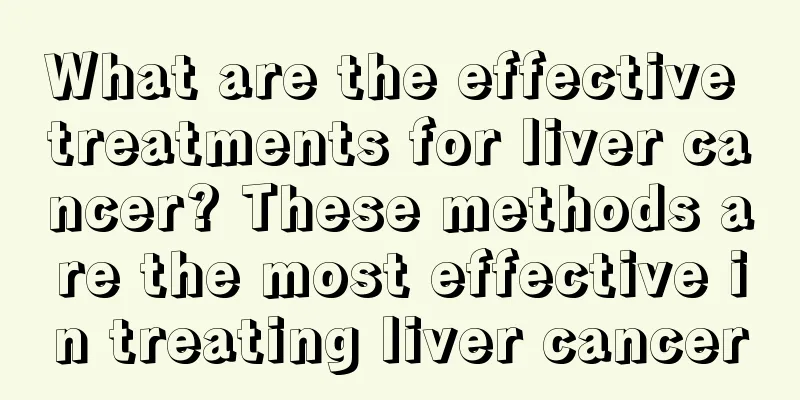What are the symptoms of hepatitis

|
Hepatitis is a highly harmful infectious disease that is transmitted through contact in daily life, and the hepatitis virus has a certain incubation period. If there is no antibody in the body and the physical condition is poor, there is a risk of contracting hepatitis. There are several types of hepatitis in Western medicine, and their symptoms and treatments are very different. Let us now understand what the symptoms of hepatitis are. Hepatitis can generally be divided into several different types: according to the cause, it can be divided into viral hepatitis, drug-induced hepatitis, alcoholic hepatitis, toxic hepatitis, etc.; according to the length of the disease course, it can be divided into acute hepatitis, chronic hepatitis, etc.; according to the severity of the disease, chronic hepatitis can be divided into mild hepatitis, moderate hepatitis, severe hepatitis, etc. Early symptoms after acute hepatitis infection: Patients recently experience low fever, general fatigue, loss of appetite, accompanied by nausea, vomiting, aversion to greasy food, discomfort in the liver area and yellow urine, which do not improve after rest. 1. Acute icteric hepatitis (1) Pre-jaundice: The disease usually starts slowly, with mild fever or no fever, and joint pain and rash are common. Common symptoms include fatigue, loss of appetite, aversion to greasy foods, nausea, vomiting, and sometimes abdominal pain and diarrhea. This phase lasts an average of 5-7 days. (2) Jaundice stage: Fever subsides, subjective symptoms are slightly alleviated, jaundice appears on the sclera and skin, and reaches a peak within a few days to 3 weeks. Dark yellow urine may cause transient lighter stools. Pain in the liver area, enlarged liver, soft texture, tenderness and percussion pain. This phase lasts 2-6 days. (3) Recovery period: The patient's jaundice gradually decreases and disappears, the stool color returns to normal, the skin itching disappears, the appetite improves, the physical strength recovers, the gastrointestinal symptoms are alleviated, the jaundice disappears, and the liver function returns to normal. This period is generally 1-2 months. 2. Acute anicteric hepatitis This type is more common and has milder symptoms, including general fatigue, loss of appetite, nausea, and abdominal distension. Physical signs include enlarged liver, soft texture, tenderness and percussion pain. This type of hepatitis has mild symptoms and is often overlooked. The course of the disease is about 2-3 months. 3. Acute severe hepatitis Also known as fulminant hepatitis. The clinical features are acute onset, with impaired consciousness, bleeding, jaundice and liver shrinkage within 10 days. The duration of illness does not exceed 3 weeks. The early clinical manifestations of fulminant hepatitis are similar to those of acute icteric hepatitis, but the disease progresses rapidly. Therefore, if the following symptoms appear, a severe diagnosis should be considered. |
<<: Can osteoarthritis be cured?
>>: What causes back pain? Pay attention to back pain
Recommend
What to do if the inward and outward bends
We will find that some people will have changes i...
What is the normal blood pressure range?
In fact, many people do not pay much attention to...
What are the reactions to lack of sleep
The human body has a biological clock. After all,...
What is the itching under the liquid
Itchy armpits are usually caused by skin allergie...
Can zinc supplementation help you grow taller?
Everyone wants to have a golden ratio height, whi...
What should I do if my urethra hurts when I urinate?
Many people experience a stinging pain when they ...
Five diseases that are easily confused with colorectal cancer
The main symptoms of colorectal cancer include bl...
Endometrial cancer recurrence hard lumps and bleeding
Endometrial cancer generally presents as vaginal ...
What's wrong with stomachache and backache
If there is a problem in any part of the body, yo...
What are the symptoms of vertigo syndrome
The symptoms of vertigo syndrome are dizziness an...
How to make cola bones?
Everyone loves to eat some authentic home-cooked ...
What is the method of escaping from a fire scene
Fires occur every day in our lives, which is main...
There is a soft lump next to the anus
In fact, in our lives, it is easy for us to negle...
Will precocious puberty be passed on to the next generation?
Children nowadays are exposed to more knowledge, ...
How to braid your own hair
Many people envy others for their beautiful braid...









